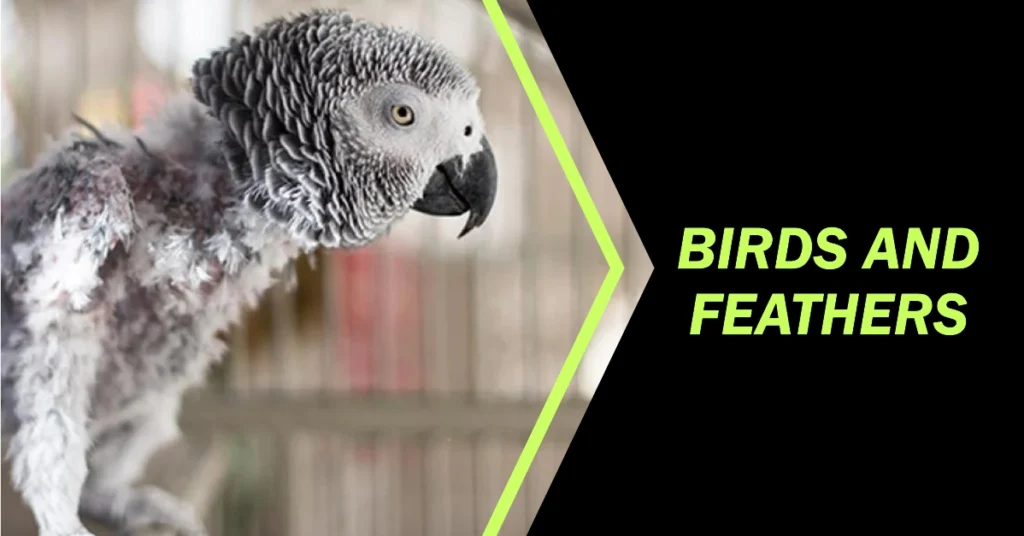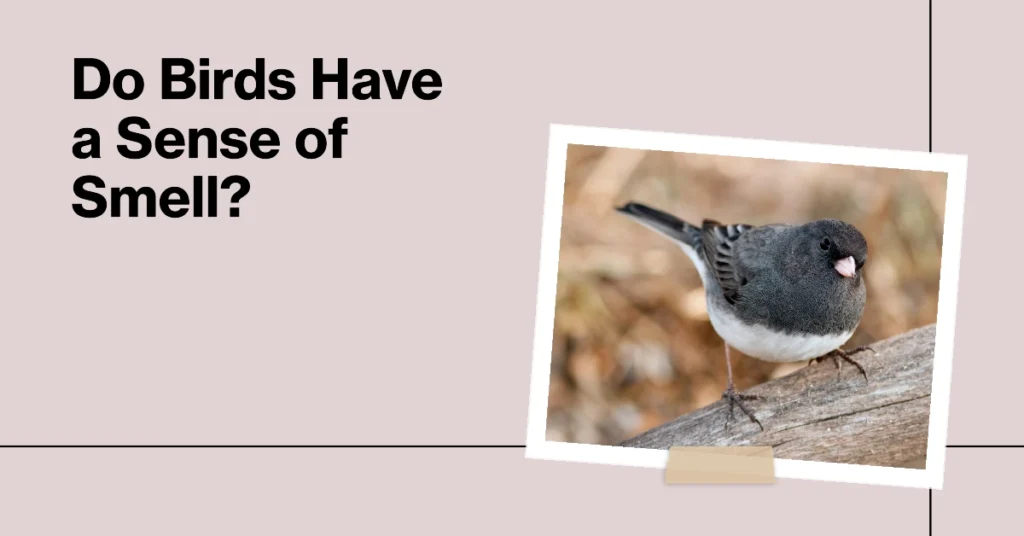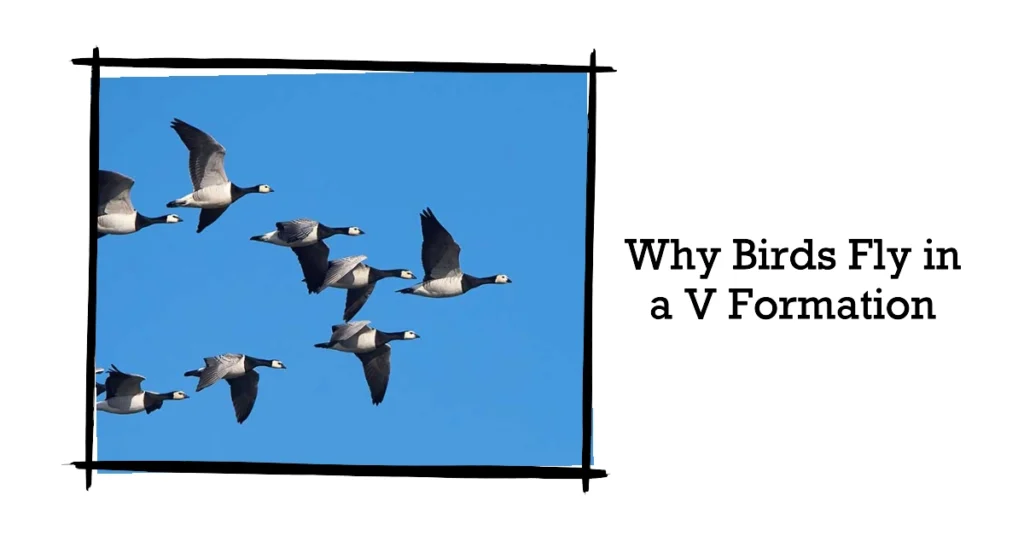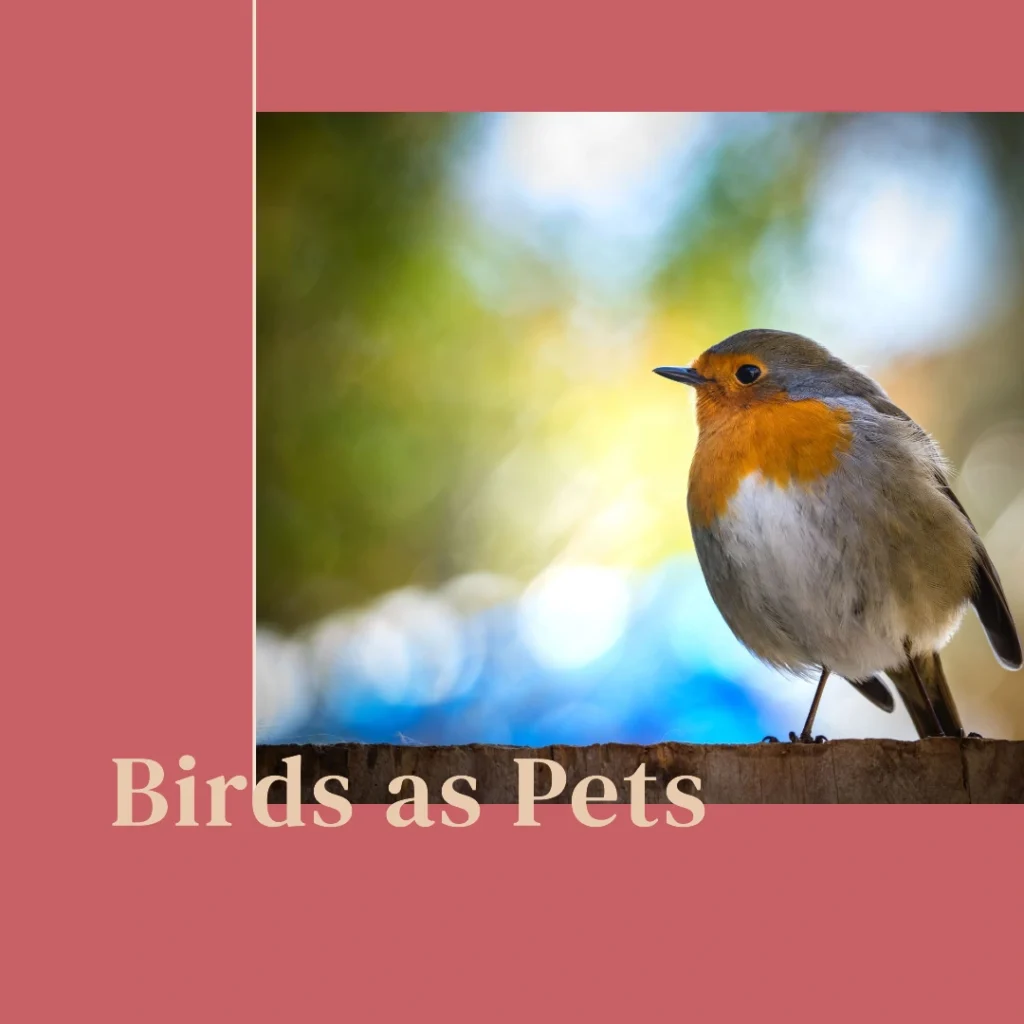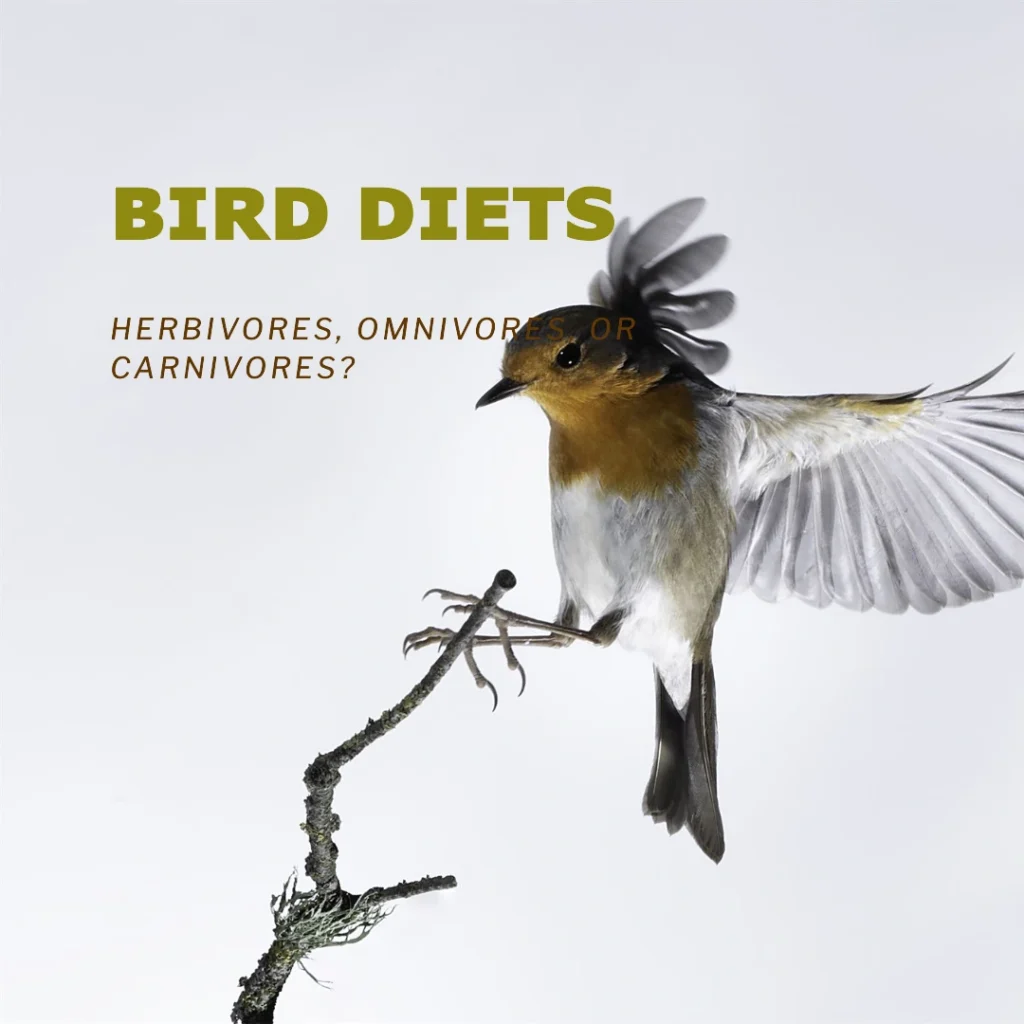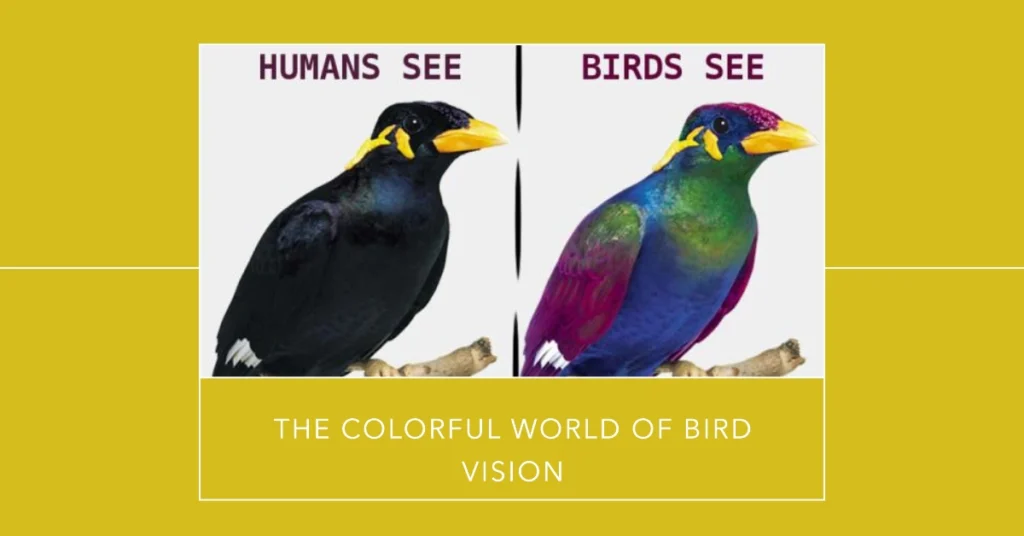
Birds are among the most vibrant creatures on Earth, with their feathers displaying a kaleidoscope of colors. But have you ever wondered how birds perceive the world around them? Unlike humans, birds have a unique ability to see a broader spectrum of colors, including ultraviolet (UV) light.
This extraordinary vision plays a crucial role in their survival, from finding food to choosing a mate. Let’s dive into the fascinating world of avian vision and discover how birds see color.
Understanding Bird Vision
Birds possess an advanced color vision system that far surpasses human capabilities. While humans have three types of color receptors (cones) in their eyes, birds are equipped with four or even five, making them tetrachromats. This additional cone allows birds to detect UV light and a wider range of colors.
The Role of UV Light in Bird Vision
UV light plays a significant role in how birds see the world. Many objects that appear dull to the human eye can reflect UV light, making them stand out vividly to birds. This ability is particularly useful in locating food sources, such as berries and fruits that develop a UV-reflective coating as they ripen, or spotting prey, like rodents that leave UV-reflective urine trails.
Color Receptors and Their Functions
Birds’ color receptors are finely tuned to detect specific wavelengths of light, including UV, blue, green, and red. Each receptor is sensitive to a different range of colors, allowing birds to perceive a spectrum of colors that is invisible to human eyes. This enhanced color vision aids birds in various aspects of their lives, from navigating their environment to social interactions.
How Birds Use Color Vision
Birds rely on their exceptional color vision for several vital functions:
- Finding Food: Birds use their ability to see UV light and subtle color hues to locate food sources. For example, songbird species can easily distinguish between ripe and unripe berries based on their color.
- Mate Selection: Bright plumage colors, which may include UV-reflective feathers, are often used by birds to attract mates. The intensity and quality of these colors can indicate the health and fitness of a potential partner.
- Avoiding Predators: Some birds have plumage that reflects UV light, making them less visible to predators that cannot see in the UV spectrum.
Comparing Bird Vision to Human Vision

While humans have 3 color cones that allow us to see the colors of the rainbow, birds have a fourth cone for UV light, significantly expanding their color vision. This difference means that birds can see colors and patterns that are completely invisible to us, providing them with a more colorful and detailed view of the world.
The Impact of UV Vision on Bird Behavior
Birds’ ability to see UV light influences their behavior in several ways:
- Social Signals: UV-reflective plumage can serve as a social signal among birds, helping them identify individuals and assess their suitability as mates.
- Foraging: The ability to see UV light helps birds find food more efficiently, as many plants and insects reflect UV light.
- Navigation: Some birds may use UV light to navigate, especially during migration.
Conclusion
Birds’ color vision is a complex and fascinating subject that highlights the incredible diversity of the natural world. By understanding how birds see color, including their ability to detect UV light, we gain insight into their behavior, ecology, and evolution. The next time you admire the bright colors of a bird, remember that what you see is just a fraction of the vibrant world they experience.

